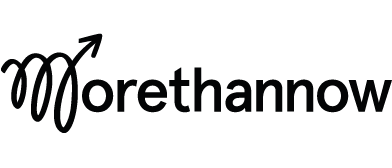Speak-Up for Inclusion
Susan J. Fowler spoke up in February 2017. Her time as a Software Engineer at Uber was over but she had a ‘strange… and slightly horrifying’ story to tell. In a near 3000-word blog, Ms. Fowler described a pernicious culture of sexual harassment and silencing that shook Uber to its core. Within months their CEO, Travis Kalanick, was forced to resign and twenty employees had been reportedly dismissed. For many, a movement had begun.
Eighteen months have passed and the fight for workplace inclusion has fundamentally changed. Social campaigns like #MeToo have given a voice to many who had been isolated and silenced, and reporting legislation in the UK has exposed a systematic imbalance in gender pay. The ripples caused by Ms. Fowler and others have grown into a wave of public discontent. Powerful institutions including Nike, Google, the BBC and WPP have faced scrutiny for their failure to prevent harassment or discrimination. More are likely to join the list.
While these reputational crises have given many leaders cause to re-evaluate their culture, the silence of employees can be difficult to hear. In a 2017 survey by the Banking Standards Board, 36,000 people from 25 financial institutions were asked about their experience of the workplace.
A quarter feared they would suffer negative consequence if speaking out in their organisations.
Women were significantly more likely to report seeing their colleagues turn a blind-eye to inappropriate behaviour.
Despite the signals, actionable insight remains elusive and the right solution will vary from one company to the next. Which types of unethical behaviour are employees experiencing and what prevents, or encourages, them to speak against it? A diagnosis is needed before a treatment is applied.
So, how do organisations get behind the headlines and robustly assess the openness of their culture across multiple dimensions? How do they separate concerns about unsafe, fraudulent or discriminatory behaviour from performance issues like unprofessional decision-making? And how do they identify the obstacles that prevent people from speaking out, so they can go on to initiate their removal?
An evidence-based approach.
In April 2018, Rashon Nelson and Donte Robinson were unjustly arrested at a Starbucks in Philadelphia. Following an intense public outcry over racial profiling, the company announced the closure of over 8,000 stores for a morning of bias training. The decision led to stark criticism from social scientists, Hakeem Jefferson and Neil Lewis Jr, published in The Washington Post:
“We were disappointed to see that social and behavioral scientists are absent from the conversation. Those most capable of helping to design and implement an effective diversity training program are those who know, from research, what works and what doesn’t. And it matters that these experts are absent from the table…
The inclusion of social scientists at every stage of the process can make diversity training more than feel-good PR moves that are of little consequence. Yes, engaging the scholarly community will mean that the process will be slower. But as bias expert Brian Nosek said, if Starbucks and its corporate peers think interventions like this are worth doing, they should certainly think that it’s worth doing well.”
We wholeheartedly agree with the author’s conclusions. Inequality is one of the most significant challenges of our time. The symptoms that play out in the workplace – including the sexual harassment and discrimination noted in this article – are not constrained to corporate institutions but reflect the ills of our wider society. They deserve the insights of behavioural scientists working in partnership with employees and leadership teams.

